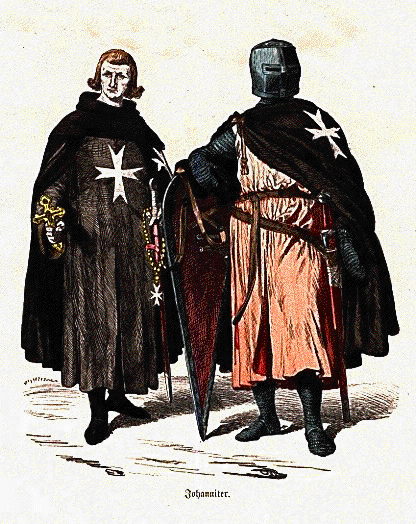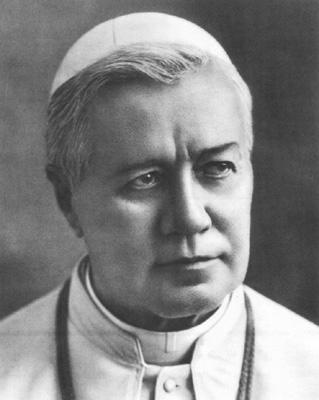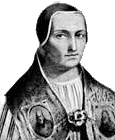SPECIAL RELATIVITY:
CHALLENGING THE DOGMATIC MAGISTERIUM
OF MODERN SECULAR SCIENTISTS
(Post 4)
CHALLENGING THE DOGMATIC MAGISTERIUM
OF MODERN SECULAR SCIENTISTS
(Post 4)
So says Dr Christoph von Mettenhem, former lead pupil of Karl Popper and now one of the 39 Special Advocates licensed to practice before the Bundesverfassungsgericht – the German Constitutional Court.
Professor Sir Karl Popper, one of the great scientific thinkers of the 20th century, had, as one of his students, Dr Christoph von Mettenheim, now one of the only 39 Advocates of the German Constitutional Court and himself a great mind, who has shown the logical flaws in Einstein's thinking
Mettenheim shows that the mathematical formulae of SR are inadequate to establish the relativity of time. They are, however, logically consistent, and can therefore be employed to refute the original hypothesis that the velocity of light in a vacuum will be constant and cannot be influenced by the velocity of the source from which the light is coming.
I reproduce the 12 theses of von Mettenheim below for those who would like to follow his logic more closely.
The Theses of Christoph von Mettenheim
Thesis No. 1: The special theory of relativity rests on the premise that the velocity of light in a vacuum will be constant and cannot be influenced by the velocity of the source from which the light is coming. From this premise Einstein concluded that time itself must be relative.
Thesis No. 2: In everyday language the concept of ‘velocity’ will designate the relation of distance and time. This concept of everyday language has never been called into question in the theory of relativity. It implies, and presupposes, a concept of ‘time’.
Thesis No. 3: If velocity is to be constant, then this concept of ‘time’ must not change on the distance observed. In the terminology of the theory of relativity it must therefore be ‘absolute’.
Thesis No. 4: Special relativity therefore presupposes in the premise of the constant
spreading velocity of light that time is absolute, and infers from this that time is not absolute. It therefore includes a logical contradiction.
Thesis No. 5: The formulae of special relativity were regarded by Einstein, and are still being regarded today, as practicable approximations to the formulae of general relativity for circular and elliptical motions.
Thesis No. 6: Whenever observations (experiments) were considered to be confirmations of a relativistic time dilation it was always a presupposed interpretation that the formulae of special relativity can be used as approximations to establish relativistic time dilation.
Thesis No. 7: Any application of the special theory of relativity to facts occurring in reality, in particular to measurements of a relativistic time dilation, presupposes some unit of measurement which must first be defined.
Thesis No. 8: Einstein and the adherents of the theory of relativity have never defined units of ‘relative time’ differing from conventional units of time. Where they make exact calculations, they employ ‘hours’, or ‘minutes’ or ‘seconds’, or units derived from these.
Thesis No. 9: ‘Hours’, and ‘minutes’ and ‘seconds’ have been derived from the conventional standard given by the Earth’s rotation.
Thesis No. 10: Any application of the formulae of special relativity in connection with the time units of ‘hours’, or ‘minutes’ or ‘seconds’ for calculating the relativistic time dilations of circular or elliptical motions will lead to logical contradictions.
Thesis No. 11: The same logical contradictions will arise from the application of other standards of measurement (e.g. caesium beam clocks), provided they are employed consistently.
Thesis No. 12: Hence, the mathematical formulae of special relativity are inadequate to establish the relativity of time. They are, however, logically consistent, and can therefore be employed to refute the original hypothesis that the velocity of light in a vacuum will be constant and cannot be influenced by the velocity of the source from which the light is coming.
Q. E. D.
...















.jpg)


























_-002.jpg/220px-Circle_of_Anton_Raphael_Mengs,_Henry_Benedict_Maria_Clement_Stuart,_Cardinal_York_(ca_1750)_-002.jpg)



4 comments:
I just want to say that I have eagerly read your posts for a long time as they are always a good read. I have found these last posts to be particularly interesting. I remember reading Quantum Physicist Stephen Hawking's book years ago and his statement that Relativity was incomplete but I was un-aware of the challenges to the validity of the theory itself.
Thank you for your excellent blog!
Thank you!
Fascinating! thank you, Lev!!
Many thanks, Tribunus!
You know, I have a hypothesis about the Shroud of Turin. Alas, in Russian.
http://lev-verkhovsky.ru/wp-content/uploads/2015/08/%D0%9F%D0%BB%D0%B0%D1%89%D0%B0%D0%BD%D0%A4%D1%80%D0%B0%D0%BD%D1%86.pdf
Post a Comment